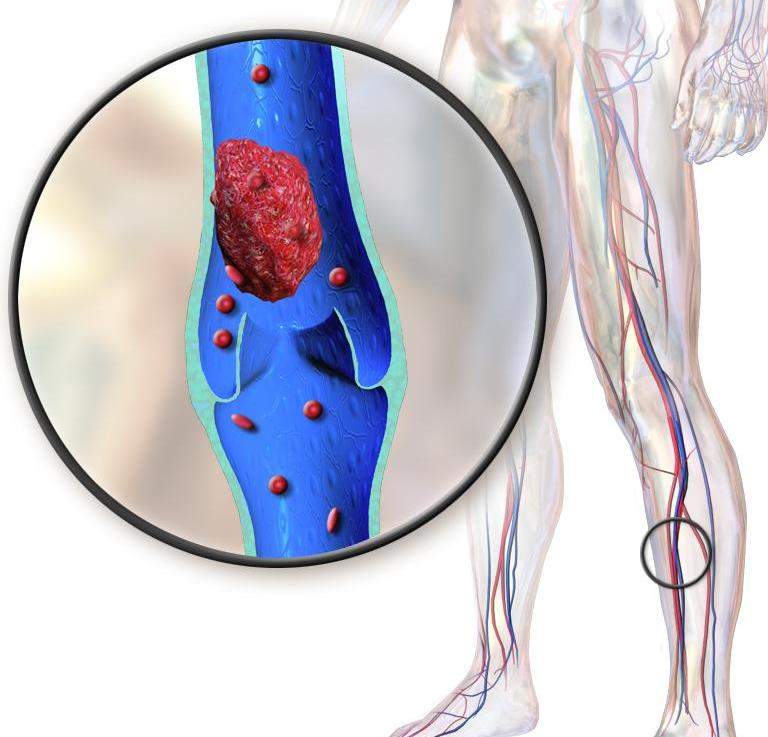
Vetex Medical stated that its Thrombectomy Catheter is the first DVT device that integrates rotational and grasping action to quickly and gently remove large volumes of wall-adherent clot in a single session, without using thrombolytic drugs.
The first patient was treated by the study’s principal investigator Stephen Black and Narayan Thulasidasan and their team at Guy’s and St. Thomas’ NHS Foundation Trust in London.
The study also includes DVT treatment experts Klinikum Hochsauerland Michael Lichtenberg in Arnsberg, Germany and Ireland-based University Hospital Galway, Gerry O’Sullivan.
Black said: “The Vetex device was surprisingly effective at removing wall-adherent clot on the first pass and was easy to use in our first procedure. Existing devices can remove fresh thrombus but have difficulty creating a larger lumen through more organized material on the vessel wall.
“This device shows the potential to start and finish the procedure in one cath lab session, avoiding ICU/HDU time and a prolonged hospital stay, and thereby saving staff time and hospital costs.”
The multi-center, non-randomized trial is a feasibility study that includes 30 patients with acute iliofemoral DVT who will be treated with the Vetex Medical device.
The primary outcome of the study is procedural success, defined as SIR Grade II Lysis with freedom from adverse events related to the procedure.
Anticoagulation is a widespread therapy for DVT and interventional treatment has also shown potential for better outcomes in select patients. The treatments that are presently available include the use of thrombolytic drugs to dissolve clot, with or without the use of a mechanical device, or purely mechanical devices that use fragmentation and/or aspiration to create a core through the clot.
As thrombolytic agents thin the blood, they pose bleeding risk for many patients and can require prolonged stay in hospitals. Without effective treatment up to half of the patients with symptomatic DVT could develop post-thrombotic syndrome within two years, which can give rise of chronic limb pain, swelling, heaviness, fatigue, and in extreme cases, limb ulceration.
Thrombectomy Catheter from Vetex Medical combines two minimally-invasive technologies, an extraction screw within a basket, which can gently but effectively remove a large amount of wall-adherent clot without thrombolytic drugs.
The basket will grasp and disrupt adherent clot from wall to wall and the rotational action of the screw pulls the clot out of the body.






